It's disheartening to find white c-shaped grubs under your nicely tended lawn. They're destructive, killing patches of your grass by eating the tender, juicy roots underneath. To make matters worse, other animals such as skunks and raccoons may cause further lawn damage by digging into the ground to find these tasty treats.
What can you do to get rid of these destructive insect pests? You want to keep your lawn looking nice, but you don't want to kill the beneficial insects in your yard.
Here are a few natural methods (not insecticides) for controlling white grubs in your lawn. These are safe for humans, other animals, and beneficial insects.


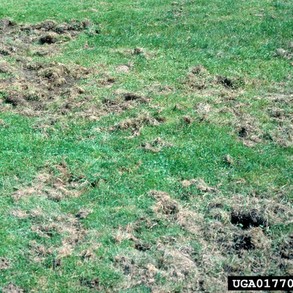
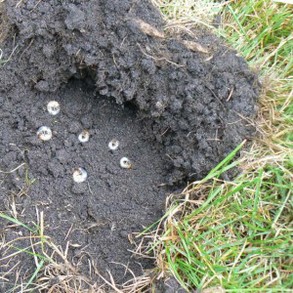





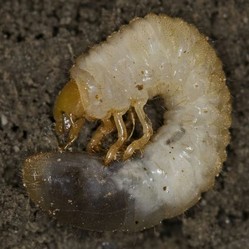

 Singer-Songwriter Ellis Performs From the Hearton 06/03/2013
Singer-Songwriter Ellis Performs From the Hearton 06/03/2013
 The Light-Weight SteriPen Water Purifier for Camping or Travelon 01/18/2015
The Light-Weight SteriPen Water Purifier for Camping or Travelon 01/18/2015
 Inexpensive Gift Ideas For Coffee Loverson 11/28/2014
Inexpensive Gift Ideas For Coffee Loverson 11/28/2014
 Very Simple Cranberry Sauceon 11/26/2014
Very Simple Cranberry Sauceon 11/26/2014
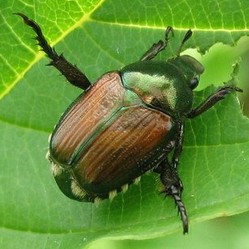
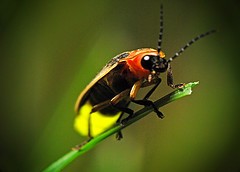
Have You Had Grub Problems in Your Lawn? What Has Worked For You?
With the mild winter we had I don't want to battle brown spots in my lawn, onto of it and thanks for the helpful guide to a great lawn. :))K
Thanks, Peter. This is good to know.
The best time to treat them is during warm weather, when they are usually feeding. As long as no grub infested area is left untreated, grub removal is easily achieved.
I hate those ugly critters. I killed off all of my grass so I can plant a new lawn, so I don't have the problem right now.
What a nasty problem to have and yet all to common. Thanks for the organic info on controlling grubs. I prefer to use organic and these yard destroyers are hard to get rid of once you get them. I will continue with control methods using your tips. Thanks :)
Thanks for this list of organic type ways to control the grub infestation. They can multiply quickly unless you get control of them. I rented a house once where I found many grubs anytime I dug a hole.